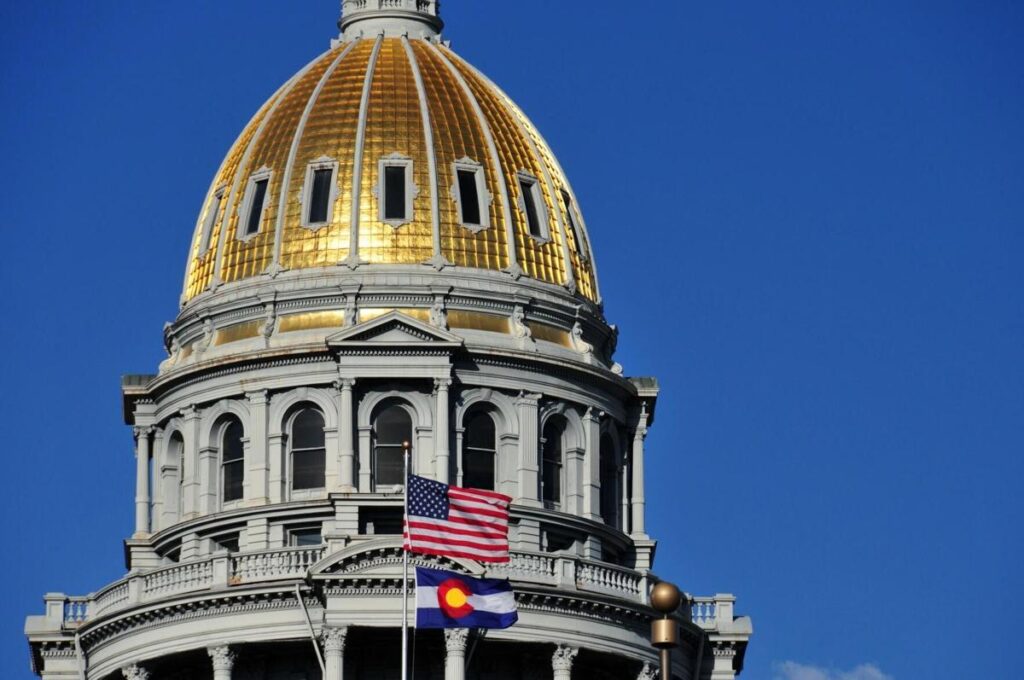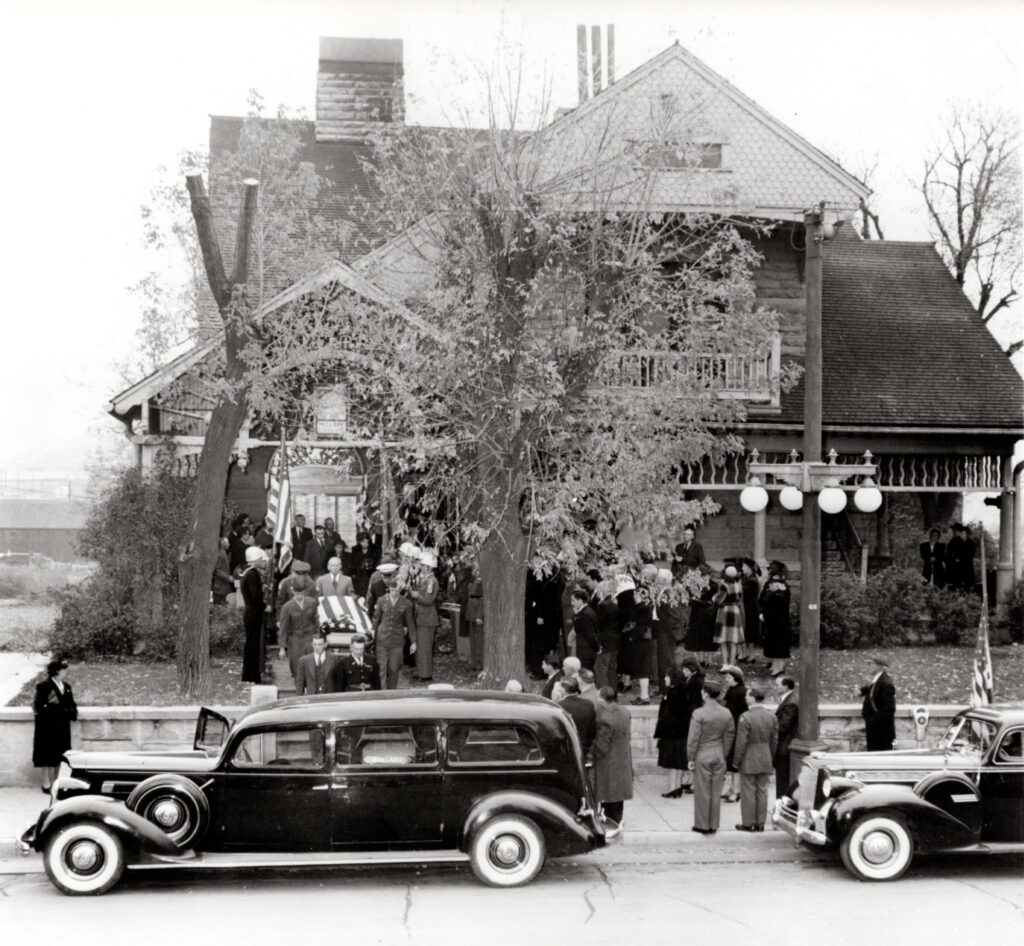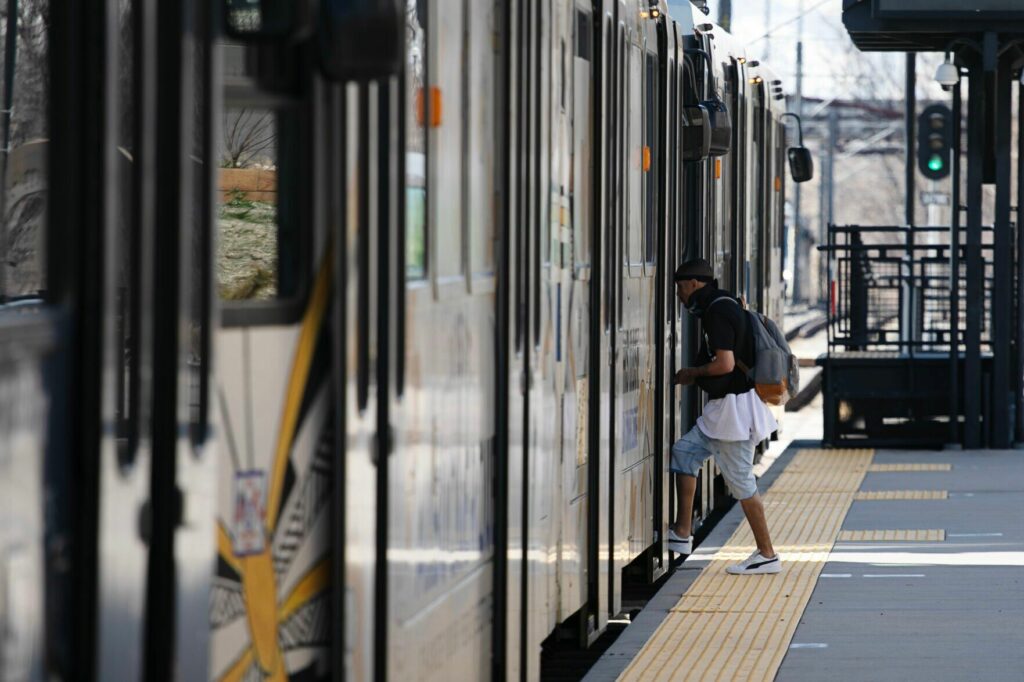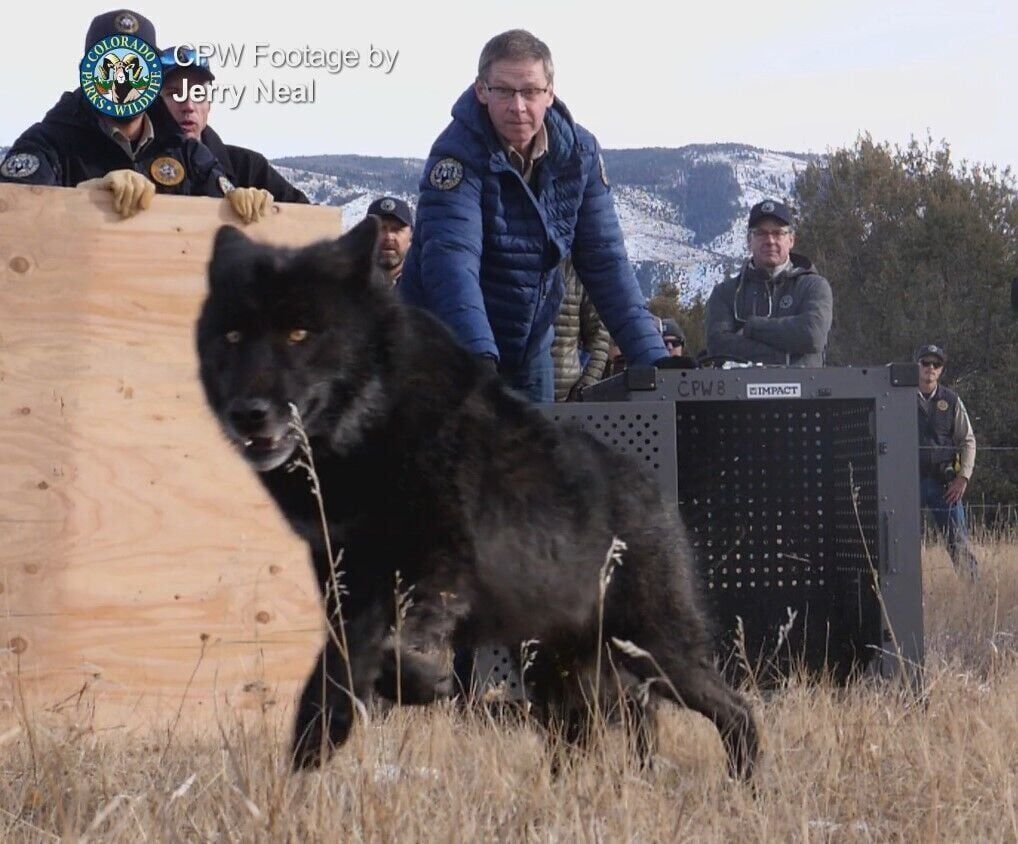Q&A with Mike Johnston | Denver mayor argues for ‘fierce urgency of now’ to get homeless off streets

As of press time, Denver Mayor Mike Johnston, who promised to get 1,000 homeless people off of the city’s streets, is very close to achieving that goal.
In the last five months, Johnston’s administration, along with housing authorities in Denver, allocated millions of dollars to acquire hotels and build “micro-communities” for homeless people.
The Denver Gazette caught up with Johnston on Dec. 11 to discuss his housing strategy.
The Denver Gazette: What is your plan in the last three weeks to reach your goal of 1,000 and what are your takeaways from this process so far?
Denver Mayor Mike Johnston: We are really excited about where we are right now on a number of fronts. Tomorrow, we have 100 people from 48th and Colorado who will all be moving into housing. My family I served three big buckets of pancakes one day and took them out there one day to an encampment we went to visit and there’s a guy there named George, who is a fascinating guy, who my son got to know and wrote a school paper on him. We’ve had relationships with a lot of the folks in these settings we’ve spent time with. I went last Friday night and visited the site on 21st and Champa. They just all got moved into housing last Thursday. And so the human stories of people that now for the first time feel like they have a path to get their life back together is quite overwhelming. And, so, that’s the really exciting part and that’s why all the work for the units is worth it because when you actually get these units up and running – and now there’s a place that people can move to. When we started, it never happened in Denver history before where you close an encampment and move people to housing. We’ve done it four times. … That’s ramping up quickly and you can feel the energy momentum. And, so, yeah, we’re just working on doing outreach, getting people’s names that connects them to units and getting providers ready to go. It’s kind of like prepping your house for a holiday dinner to get ready to invite everybody over.
DG: When you took office and vowed to house 1,000, how realistic was it for you then and how realistic is it for you now?
Johnston: We knew when we started it was going to be incredibly ambitious. We knew it’d be historic if we could pull it off. But we also knew it actually fit the scale of the need. … What we know is there are about 1,500 people that are unsheltered right now on the streets of Denver. And, so, that’s why we set our goal to do 1,000 in this first six months and then in our budget to another 1,000 next year in 2024. That gives us even leeway for another new 500 people that might enter into homelessness between now and then. Our goal is so we can get to 2,000 over the next two years. And we have a pipeline where anytime someone becomes homeless because we won’t be able to ever stop. The fact that someone could lose a job or get divorced or have a medical emergency may end up on the streets. But if we have a system, we can catch them quickly, identify them, get them into transitional housing, and then move them up into permanent housing. That’s the system that we want. And this puts us on path, I think, in two years to do that. And so this would represent a massive step forward. I think it’s more and more possible every day. You know, I think people have taking the city employees and nonprofit partners that worked around the clock to try to get us there and it’s really inspiring watching them rise to the occasion. So, I am optimistic that we have a path to get there. But more than that, I’m grateful every time I get to see one person who has made it off the streets and come indoors. Now, whenever I go and walk encampments the first thing people say is, ‘Hey, Mike, when can I get access to a unit? I’m ready like I need them and have been waiting and then I want to get back to work. I want to get myself clean.’ So, I think you can feel the momentum building when people are housed too. And that’s exciting.
DG: There are those criticizing your ‘housing first’ approach citing mental health should be prioritized. How much effort, resources and dollars are you putting into the mental health side of things?
Johnston: We think the key of this is we do think people stabilize the most and the fastest by getting them immediately into housing. Even things like delivering mental health services, it’s very hard to do if someone’s sleeping in a tent or on the sidewalk because you just can’t get the stability and continuity to provide services. The housing is always only part of the equation. (Along with housing needs) come mental health services, the workforce training, the substance misuse treatment, if you need the long term housing navigation. So, all those come together. That is the purpose. And, so, we are working really hard to bring on those services at every one of our sites and make sure people have that continuity of care. And, so, you know we both already had all the sites within this year. We’ll have that capacity, and then next year, we’ll look to expand it as we add new sites. But for us, every one of these sites coming with mental health support is what makes them successful. But we do find that those mental health issues are exacerbated by being on the streets and being unsheltered. So, a lot of times the stability of knowing you have a locked room where no one’s going to break in in the middle of the night and your stuff is safe, and you’re safe, and you can get to and from work without worrying about if your phone got stolen when you come back – those also provide a lot of stability for all of us.
DG: The encampment closures you’re implementing, what has been learned so far through them and how will it affect future closures?
Johnston: We’ve learned that it really works. I mean, to this day, the remarkable part is that 100% of the people we’ve offered housing services to have all said yes. When we started this discussion six months ago, people said, ‘Oh, these folks don’t want to get into housing, and they like being homeless. They’re choosing to be out there.’ And the idea of moving people with the community that they are a part of has been very powerful. The idea that that encampment moves together to a new site, I think has been part of the reason for the success. So, those two hypotheses have really proven true. The one that I think we weren’t ready for but probably should have been ready for is people that are un-housed talk to each other. And so when we go to an encampment and say we’re planning to close this encampment and get people access to housing, that word spreads fast and an encampment that had 50 people the next day has 75 because everyone moves to that site. Which both shows us people really want to get housed. And they know now that this hope is real, that there really are services coming and they’re more and more eager to get access to it. So, that’s a good problem to have. But it’s why we’ve worked so hard to bring on so many units as we don’t want to have to say no to people.
DG: How is Denver housing 2,700 immigrants compared to housing 1,000 of Denver’s homeless?
The migrant crisis is a very different dynamic, but one that we’re working very hard on in part because these are people who are arriving in Denver oftentimes with no desire to come to Denver or no plan to come here, often without work documentation yet or the ability to support themselves even if they want to. They also are coming with very different histories, many of them haven’t gone through the trauma of being unhoused before and so they don’t have serious mental health needs or serious addiction needs. Their biggest challenge is often, ‘Can I get work authorization and can I find a job here?’ and that’s their biggest need. That means we’ve had different focuses are different areas of focus for those populations, which are really around getting them access to work, which is their No. 1 ask. And so we do the short term shelter, knowing that we can’t house them forever, but we do want to give them time to get stabilized, get on their feet, get access to work authorization, hopefully get a job, get some housing and get placed. And so we’ve treated them as separate, but we know if people struggle or or don’t succeed in the effort for housing or work, they can end up back homeless on the street and we understand that, we’re trying to do anything we can to avoid that. But if they do, we will serve them like any other person that’s homeless in the city.
DG: To critics who say the pace is too much, including the city council who has cited that the pace and dollars spent have been too much, what is your response to critics and those saying your strategy is too fast?
Johnston: There have always been folks who thought that social change was too fast. But I tend to think I agree with Dr. King about there’s a fierce urgency of now, like when you look at the data of for people that died outside of the streets over Thanksgiving weekend. That to me is a sign that this is a life or death issue and we have an obligation to get people off the streets and into housing as fast as we can. We didn’t do this for a year to say, “Oh, let’s do 1,000 people in the first year because that would have been July 31.’ We did it for December because December is the coldest month of the year. That’s when we know people need to get off the streets and into housing. And so we feel the urgency of that every day. It’s funny, one of the personal notes is you know, before I took this job, whenever winter would come, my daughter would get super excited for it to snow because she wants to go sledding, and I would, too. Now, whenever it starts to snow there’s part of me that’s excited for her but a deeper part of me that worries about 1,000 people for whom that’s known as a terrible arrival because it means they’re gonna be freezing outside. That’s the reality of our city is what can be joy for one person can be suffering for someone else, and we want that to be not the case. I think the urgency is absolutely warranted. We’ve done everything, I think appropriately and with partnership and care, but I think urgency is part of what’s required. I think anyone who has someone they know or love that’s homeless would agree with that. I think also if you’re running a business downtown that has six tents in front of it, and people don’t want to come into your business you also get how urgent it is. So, when we talk to business owners downtown, they don’t want us to wait at all. When we talk to people that are running restaurants or people that are running transportation or you know they don’t want us to wait at all. They want both people needing access to housing and they want it to feel safe for people to walk in every neighborhood in Denver again. And I think both of those needs are urgent.














